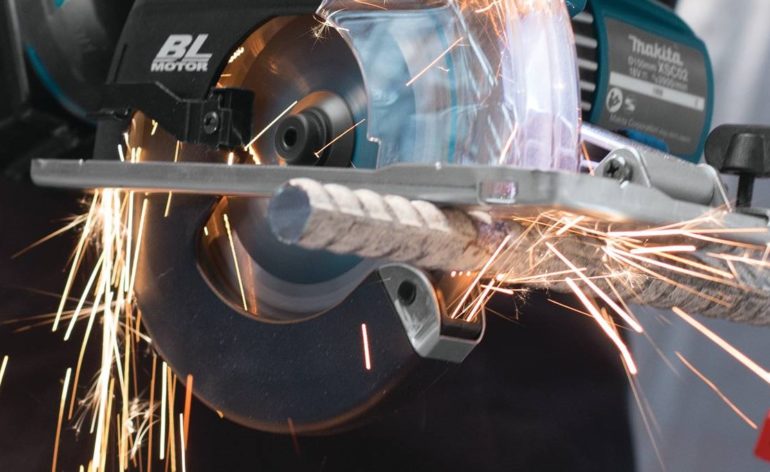Iran’s stone carving history
Mining and consumption of construction stones in Iran has a long history. It has been customary to use these stones in the first millennia of civilization in Iran, either as building stones or as decorative stones inside buildings. Remnants. The use of such stones in Takht Jamshid, Pasargad, Takht Suleiman and many Sassanid and Islamic buildings is spread throughout Iran. Ornamental objects made of all kinds of marble, marble, etc., including women’s dishes and ornaments, are in museums in Iran and other parts of the world. The decorations inside the historical buildings, which sometimes came out intact from the underground.
It shows the use of the mentioned stones in the decoration inside the building. Exploration, extraction, transportation, cutting, cutting, and consumption of decorative and facing stones, which has been going on in the traditional way in Iran over time. It is a fundamental development in recent decades.The main and fundamental manifestation of this development is the use of modern methods in this mining industry, which has brought about general qualitative and quantitative changes in the production and consumption of this group of mineral deposits. Non-explosive mining methods and extensive use of hard machines are the two recent major developments in Iran’s stone industry. which took place in the last decade. And each in turn has been able to develop the qualitative and quantitative production and consumption of decorative and facade stones.
Iran’s stone father:
Qanbar Rahimi, known as the Lord of Qanbar, is considered the father of Iran’s stone industry due to his services in the discovery of mines and the extraction of mineral stones. He was born in Soh village in Isfahan province. He discovered large mines, including Abbas Abad, Nimvar volcano and Joshghan marble.Arbab Qanbar has donated pieces of travertine and joshghan stones for the Azadi Tower, precious stone columns for the Qibla porch (a mosque in South Khorasan) and bright marble stones for the shrines of Imam Hussein (a.s.) and Hazrat Abbas (a.s.). . Currently, the statue of Arbab Qanbar is in one of the city squares of Italy (Italy, having 86 decorative and facade stone mines, is considered one of the top exporters of this sector. And in the past, it imported Iranian stone in raw form and added value. It is noteworthy in other places. The world used to export the stone of Italy, it is shown as the father of Iranian stone.
History of building stone use:
The use of stone by humans in order to build a place of residence dates back to very distant years. And seeing old ancient works such as Egyptian pyramids or works in Rome and Greece as well as in Iran considering the technical facilities and technology of that time, is a cause of great surprise.Historians have estimated the age of stone use by humans to be more than 12 thousand years.
Since the Paleolithic and Neolithic times, when man did not know iron, stone has been used to meet needs. In the same way that in the Stone Age, knowing the properties and characteristics of hard and brittle stones, they used silica stones to make tools. With the growth of human civilization, the way of using stone also changed, and ancient buildings with stone facades indicate these changes, which are evident in countries such as Egypt, Greece, Italy, and Iran.
The use of stone started with large blocks, and with the advancement of science and technology, its weight has gradually decreased and more attention has been paid to the color, polishability,
texture and strength of the stone
. And now more beautiful plaques with color, polish, polish and small diameter are used.Building stone mines in Iran:
The reserves of decorative stones in the world reach about 15 billion tons, including granites. There are marbles, travertines and marbles, among which, the variety of colors and quality of stones produced in Iran. It ranks first in the world with 4.7 million tons of reserves. According to the world ranking, Iran ranks fourth in terms of reserves of decorative stones. And due to the importance of the mining sector in the country’s economic growth. it is necessary to pay more attention to this sector and. remove the obstacles facing it.
Masonry in Iran began centuries before Christ, with the preparation of tools for hunting animals and the basic necessities of life. And it is gradually reaching the peak of prosperity. Ancient finds, including the objects that were obtained from the excavation of Yahya hill located in Kerman. It is confirmed that the history of this industry reaches 4500 years BC.
Discover these dishes:
And the discovery of these vessels shows it.At that time, the cutting of various consumable and decorative objects from green stone was popular in Kerman. Of course, this type of stone is still mined. In general, it should be said. Masonry in ancient Iran is mostly dedicated to the preparation of agricultural tools and tools and tools for hunting and skinning animals. And the stone tools from the inhabited cave or Hoto cave near Behshahr, which belong to 11,000 to 8,000 years before Christ. It shows this. Stone plays a very important and essential role in the construction of historical monuments and ancient works. Among the most important historical buildings, we can mention the palaces of the Achaemenid period and the Hajaris of the Sassanid period. Takht Jamshid is an outstanding example of the stone-cutting industry of the Achaemenid period.
Construction stone mining industry has been in Iran since 1331. But in practice, no action had been taken to improve the extraction method before 1366.Until 1366 . the first diamond wire cutting machine was made by one of the companies affiliated to the Ministry of Mines and Metals

